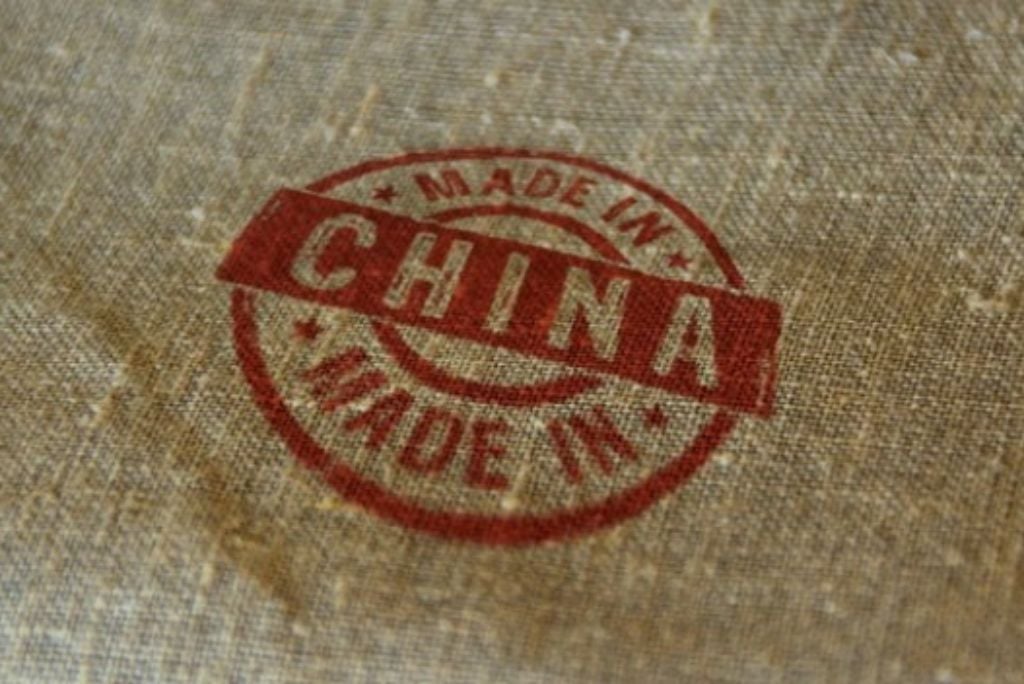Mexico City’s Historic Center, a UNESCO World Heritage jewel, is undergoing a radical transformation. In just four years, temporary and permanent residencies granted to Chinese citizens have skyrocketed by 245%, rising from 2,674 in 2020 to 9,224 in 2024.
This migratory wave, driven by bilateral trade ties, is concentrated in the capital’s epicenter, where over 3,500 Chinese businesses—accounting for 20% of all commerce—are displacing Mexican producers and vendors through dumping practices: selling below production costs, flooding the market with cheap «Made in China» trash.
Between 2023 and 2024, detentions of Chinese nationals in irregular status reached 29,818 cases, a dramatic leap from the 1,312 recorded from 2019 to 2022. Mexico City absorbs 75% of Chinese investment, equivalent to $1.074 billion in 2024, coinciding with the residency boom.
In 2023, 5,018 Chinese obtained temporary residencies, a 157% increase from 2019, positioning China as the third-largest source of migrants to Mexico, behind only the United States and Colombia. This influx is driven by economic factors in China: a GDP growth of 5.2% in 2023, the lowest in decades, coupled with 15% youth unemployment and geopolitical tensions with the West.
Many Chinese see Mexico as a steppingstone to the United States or a haven for business. The relocation of Chinese factories to Mexican soil, spurred by the USMCA trade agreement, has brought capital but also fierce competition.
In the Historic Center, the impact is visible and devastating. Streets like Mixcalco, Miguel Alemán, and San Antonio Tomatlán, once dominated by vendors of wedding dresses and traditional clothing, are now warehouses brimming with Chinese synthetic textiles.
Dumping is the primary weapon. China exports products like footwear, clothing, and electronics to Mexico at prices 5–14% lower than local goods, thanks to state subsidies and customs undervaluation. In 2024, Chinese footwear imports surged by 59%, eroding 10% of national production and causing 22,000 job losses in the sector.
The Ministry of Economy imposed compensatory tariffs of 17–35% on Chinese boots and sneakers in September 2025, acknowledging damages since 2020. Mexican artisans are feeling the invasion firsthand.
At the Paseo de la Reforma Artisan Expo, copies of pre-Hispanic embroidery are mass-produced by Chinese manufacturers and sold cheaper than those of Mexican artisans. Huipiles, molcajetes, and Christmas nativity scenes labeled «Made in China» flood markets like the Zócalo and Alameda Central, mimicking indigenous designs at a fraction of the cost.
Platforms like Temu and Shein exacerbate the issue, selling Christmas series for 50 pesos while an artisan charges 500 for an authentic piece. The Council for Small Business Development estimates that 20% of the Historic Center’s 20,000 businesses are now Chinese-owned.
The takeover extends beyond commerce. Heavy trucks arrive at dawn, damaging pedestrian streets and urban infrastructure. Sidewalks become loading zones, and Chinese street vendors even compete with Mexico’s informal sector.
Clashes between Chinese and Korean communities over space in Tepito and the Chinatown area reveal tensions: the Chinese displace Koreans with massive capital, even allying with groups like the Unión Tepito for protection.
Economically, Mexico buys $10.64 billion monthly from China in phones, auto parts, and textiles but exports only $686 million in minerals. This imbalance, with a $9.954 billion deficit in May 2025, deepens dependency.
The National Chamber of Commerce estimates annual losses of 65 billion pesos due to unfair competition in clothing, plus 38 billion in tax evasion.
The traditional Chinatown, between Independencia and Victoria streets, is no longer a cultural enclave: it spreads like a metastasis, hijacking the Historic Center’s identity.
This invasion is not merely economic—it’s an assault on Mexico’s cultural and labor sovereignty. While Beijing subsidizes its industrial surplus—exporting 20,000 tons of e-commerce daily—progressive Mexican governments prioritize blind globalization over protecting artisans and small businesses.
How much longer will we tolerate «Made in China» trash suffocating our legacy? It’s time for robust tariffs, promotion of «Made in Mexico,» and an immigration policy that prioritizes nationals over unfair competitors.
About The Author
Read the full article here


